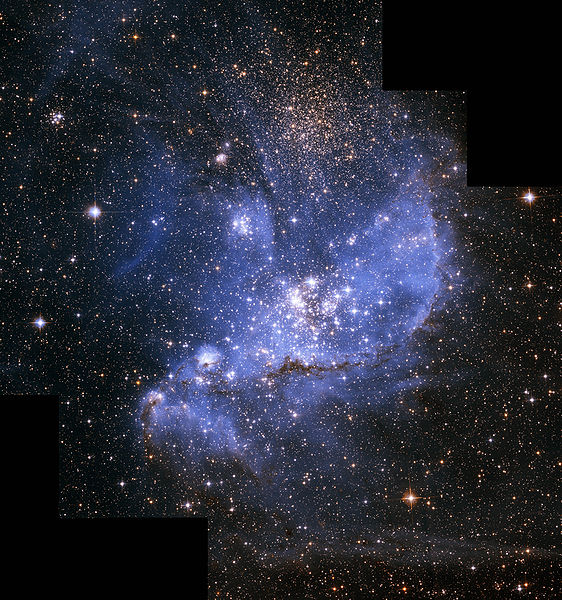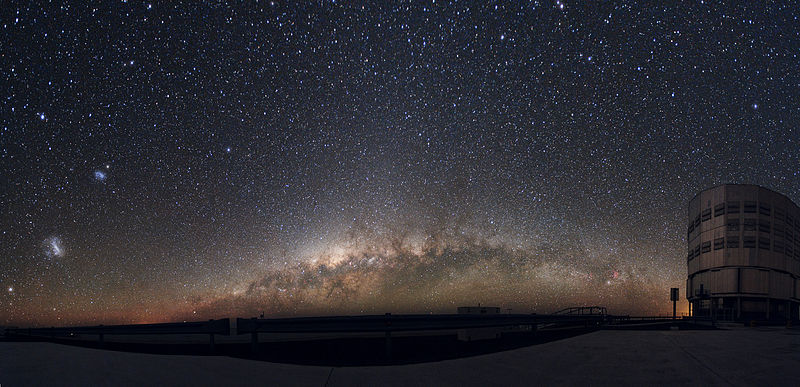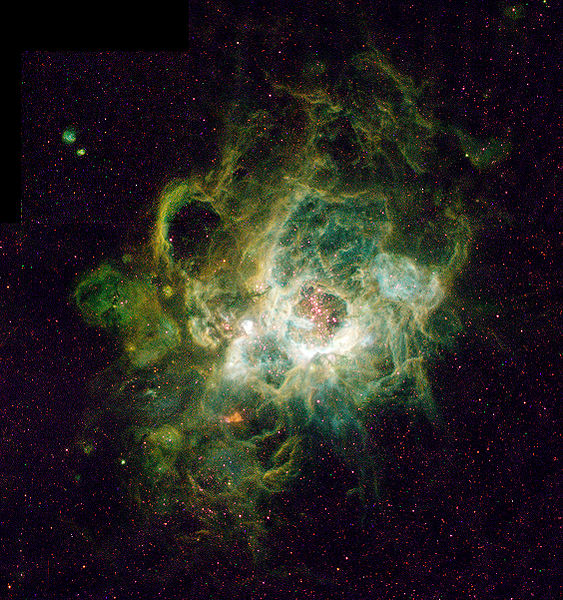Added 1 new A* page:This Time.com article just so happens to share a name with today's A* page ;) (it also involves a scientist from my alma mater, woooo), which is just coincidence though and I'm mentioning it because it's talking about a new-ish theory that planets previously thought to be uninhabitable due to being too cold--too far away from their star--*could* possibly be warmer than previously thought, since if they had sufficient mass/gravity they could have an insulating atmosphere say of hydrogen, which doesn't condense when it gets cold like typical greenhouse gasses water vapor and carbon dioxide do. Also, it's pointed out that light from reddish stars, although less powerful, could warm planets with such atmospheres more than had previously been calculated because red light, being less energetic, scatters less than other light when it hits a gas, and thus is more efficient in warming an atmosphere (this is also why sunsets are red!).
And then I just wanted to post some pretty Hubble pictures I found on Wikipedia's open cluster page; an open cluster is a loose conglomeration of usually up to a few thousand stars that all formed from the same molecular cloud. They tend to stick together only for up to a few hundred million years before stronger forces pull them apart, but they're handy for studying stellar evolution because you know almost all the stars in an open cluster are about the same age and distance, so its easier to compare their other properties.
As for open clusters in our own galaxy--which may of course be of concern to A*--Wikipedia says:
"There are over 1,000 known open clusters in our galaxy, but the true total may be up to ten times higher than that. In spiral galaxies, open clusters are largely found in the spiral arms where gas densities are highest and so most star formation occurs, and clusters usually disperse before they have had time to travel beyond their spiral arm. Open clusters are strongly concentrated close to the galactic plane, with a scale height in our galaxy of about 180 light years, compared to a galactic radius of approximately 100,000 light years."
Well that's great but they also make for some nice pictures! So here we are:

image by NASA (source)
^ That's NGC 346, an open cluster in the Small Magellanic Cloud, a dwarf galaxy only 200,000 light years from the Milky Way, about 7,000 light years across (the Milky Way is itself about 100,000 light years across), and containing several hundred million stars.
As you might guess from the name, there's also a Large Magellanic Cloud, a slightly less dwarfy galaxy that's somewhat closer (160,000 light years) and bigger (14,000 light years across, 10 billion solar masses) than the Small Magellanic Cloud.
As you also might guess from their names, since they're visible with the naked eye in Earth's southern hemisphere, they were observed by Antonio Pigafetta, a Venetian scholar who went along on Magellan's trip to the Indies (1519-1522; of 240 who set out, only he and 17 others made it back!); the journal he kept of the voyage is one of our main sources of information on Magellan's travels. Pigafetta described them as "dim clusters of stars," according to Wikipedia.
That was the first European observation of the Clouds, but they had been observed way before that; they featured in the lore of south seas islanders, and if you want a date, the Persian astronomer Abd al-Rahman al-Sufi, who lived from 903 to 986, recorded observations of the Large Magellanic Cloud and even the big Andromeda Galaxy in the Book of Fixed Stars he produced in 964--it was the first recorded observation of those galaxies.
So the southern hemisphere has it pretty good in terms of star watching--you can also see the band of the Milky Way from down there. In fact, here's a panorama of both Clouds (on the left) and the Milky Way (that big brown hazy stripe along the horizon), as seen from the European Southern Observatory (ESO) in Chile (that's one part of the observatory's Very Large Telescope (VLT) on the right):

image by European Southern Observatory (source)
Wouldn't that be something to see if you just happened to go outside one fine night in the high Chilean desert?
Okay the other open cluster picture:

image by NASA (source)
^ That's NGC 604 in the Triangulum Galaxy (also known from its listing number in early star catalogues: Messier (Messier objects listed by Messier in 1771) 33 or NGC (the New General Catalogue from the 1880s) 598), about 3 million light years from Earth, which is still relatively close in galactic terms; in fact, it's part of our gravitationally bound Local Group (so is Andromeda, aka Messier 31 or NGC 224!). Cluster NGC 604 itself is about 2.7 million light years away, and 1500 light years across. It's one of the largest H II regions in the Local Group; an H II region is a big cloud of gas and ionized gas in which star formation goes on--the "H II" part comes from the symbol for ionized atomic hydrogen, which they contain in great abundance. H II regions are important for study because they're where to look if you want to see stars in the process of forming, or if you want to see radical young stars doing crazy stuff: a few hundred huge stars (each 15-60 times as big as our own Sun) at the center of NGC 604 are ionizing and blowing up all that gas, forming that spectacular 3D structure you see in the image.
H II regions also include many more of the coolest-looking nebulae, so if you want to check out some more spectacular pictures, click that last link and scroll down a bit. :)
|
